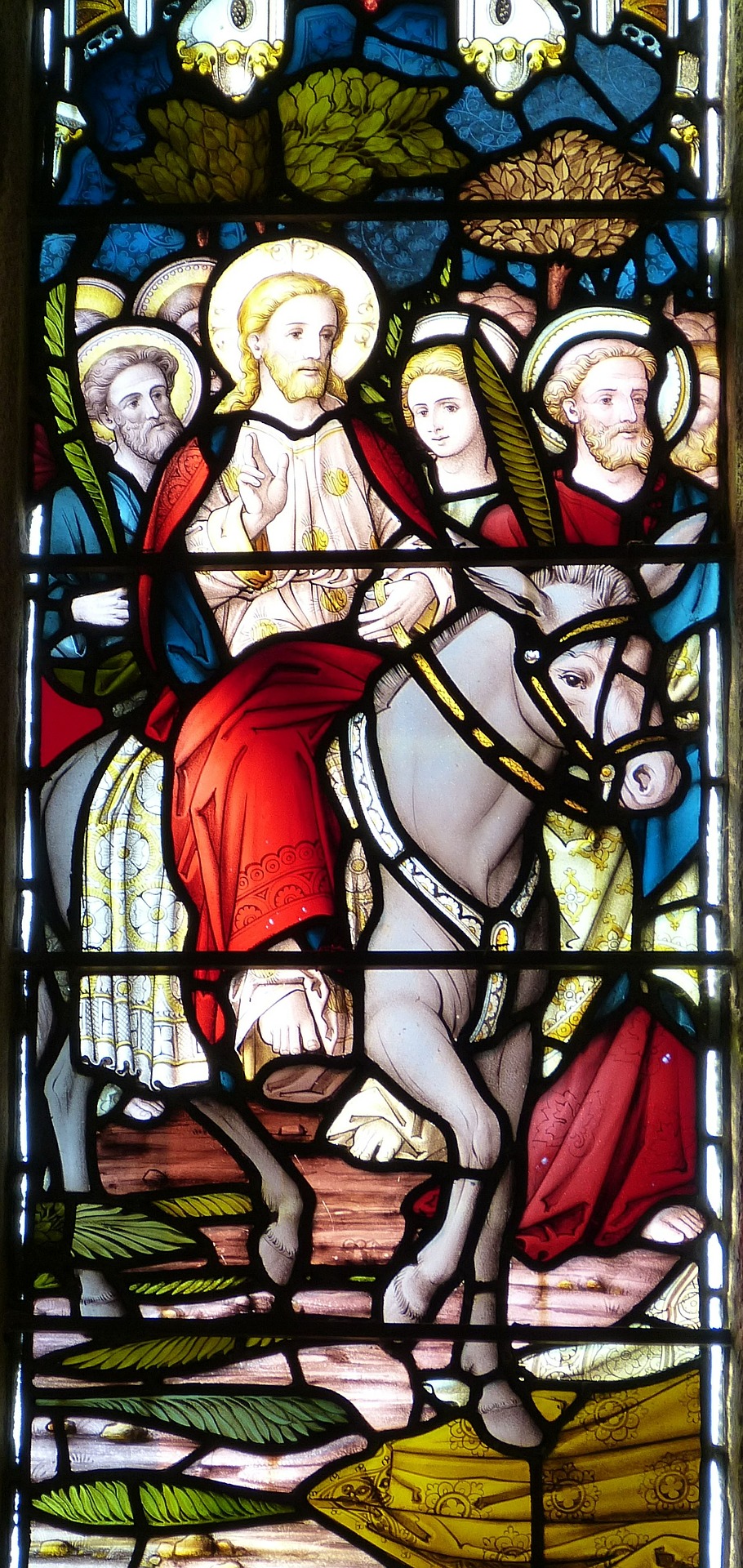 Lent is nearing its end.
Lent is nearing its end.
The stories we hear on Palm Sunday are familiar to us. A colt untethered; cloaks on the road; palms waving; crowds proclaiming. In our Palm Sunday gospel we are reminded us of the events leading up to the high holy days of the Triduum. Luke tells us how the apostles share with Jesus the Passover meal, and how Jesus reclines at table with his friends, telling them that one among them will betray him. We all know well, too, the events that are to come over these next few days – how Jesus will be crucified, buried, and raised from the dead.
I’ve heard the story since I was little, and at times I think my familiarity with it causes me to “over-spiritualize” the great drama of Holy Week, to forget that Jesus of Nazareth was a real, flesh-and-blood human being who lived and died and walked the earth with calloused feet, who cried salty tears for his friend Lazarus and dropped to his knees in despair in Gethsemane, whose body was cradled by his mother in Bethlehem and again at the foot of the cross. This Jesus, the God-made-human-being, was both fully human and fully divine, which means that Jesus actually felt each nail in his body, the splintery wood of the cross, the comfort of Veronica wiping his face, the coolness of water pouring over his hands as he washed the feet of his friends. Our aches and pains, losses and failings, joys and laughter – Jesus takes this all on as he enters into human history to live, suffer, die, and be raised from the dead.
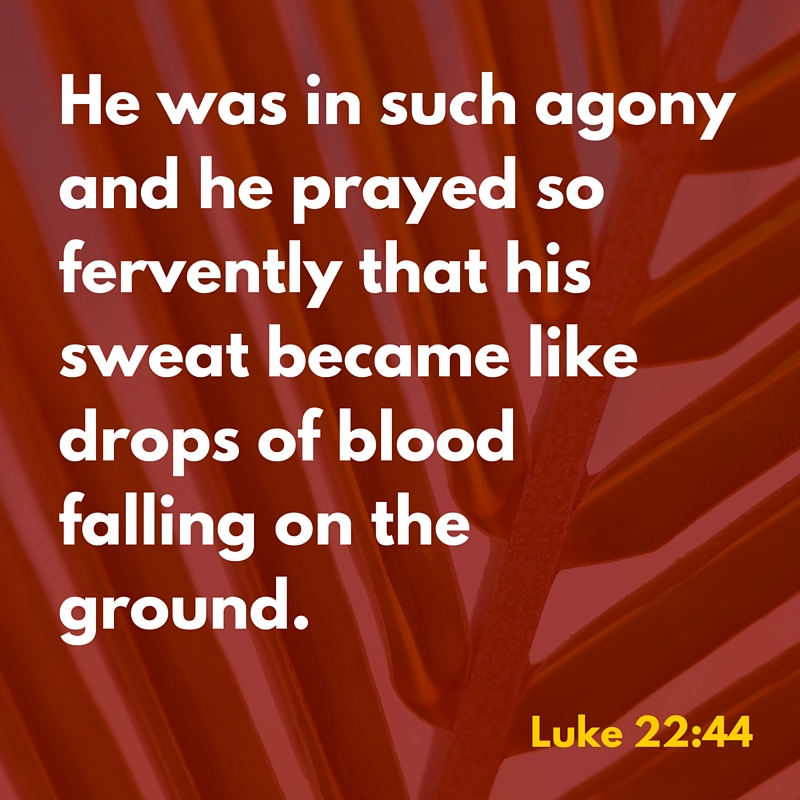 A Body Hermeneutic
A Body Hermeneutic
A few years ago, as part of my graduate program, I had the chance to take a class called “Theological Anthropology and the Body.” Early on in the course material, we were asked to read through the four gospels with a “body hermeneutic.” It’s fancy theology-speak for: “read scripture, and pay attention to bodies.” The experience was profoundly illuminating for me: when we really pay attention, there’s some earthy, human stuff that happens in scripture. Jesus spits in people’s ears (Mark 7:31); he touches lepers (Matthew 8:3); he takes children into his arms (Mark 10:16); his feet are touched, anointed with oil by a woman (John 12:3). What new possibilities do we see when we take seriously the bodiliness, the humanness, of Jesus?
Sitting in Mass on Palm Sunday, I will close my eyes and put my “body hermeneutic” on once again as I listen to the Passion, letting the story came alive for me in new ways. Jesus eating a meal with friends. Disciples fast asleep. An ear cut off. Jesus is spat on. Peter warms his body by the fire. Simon takes the weight of the cross on his own shoulders. These are profoundly bodily experiences, human, real. They remind us that bodies are sacred, deserving of care. They invite us to consider our God as both human and divine, taking on flesh in all its fullness and fragility, even to the point of death.
As we enter into the Triduum and the Passion, death and Resurrection of Jesus, let us not forget the humanness of the holy and the holiness of the human.

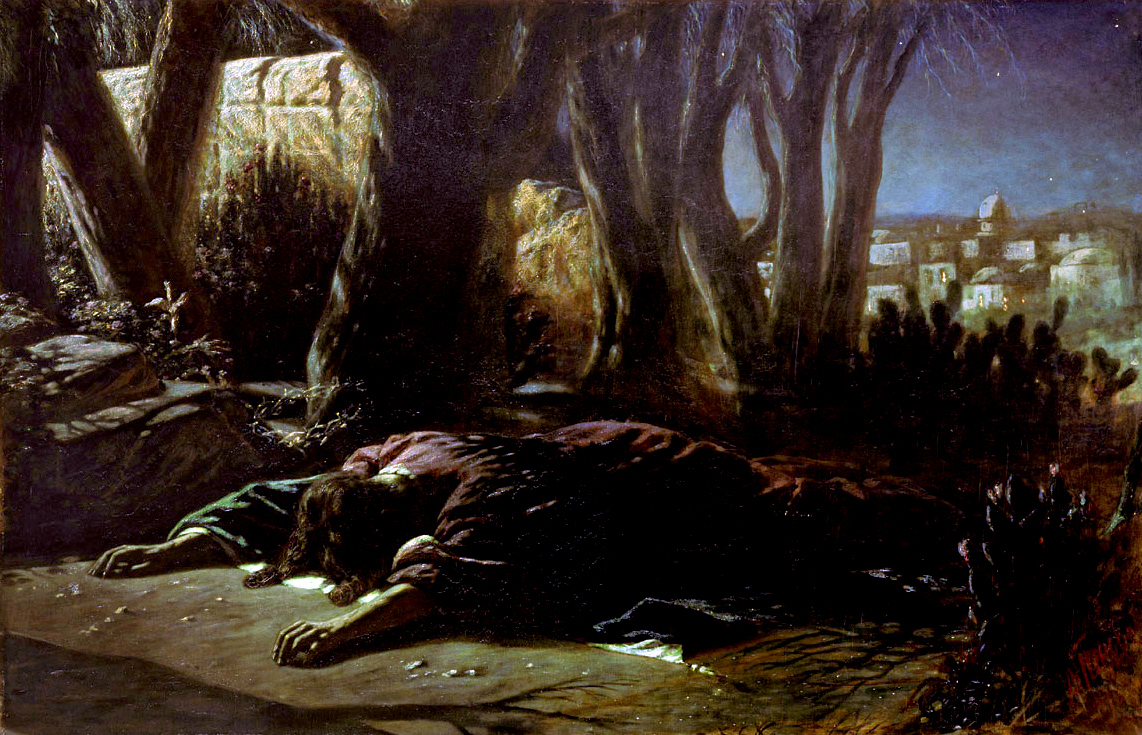
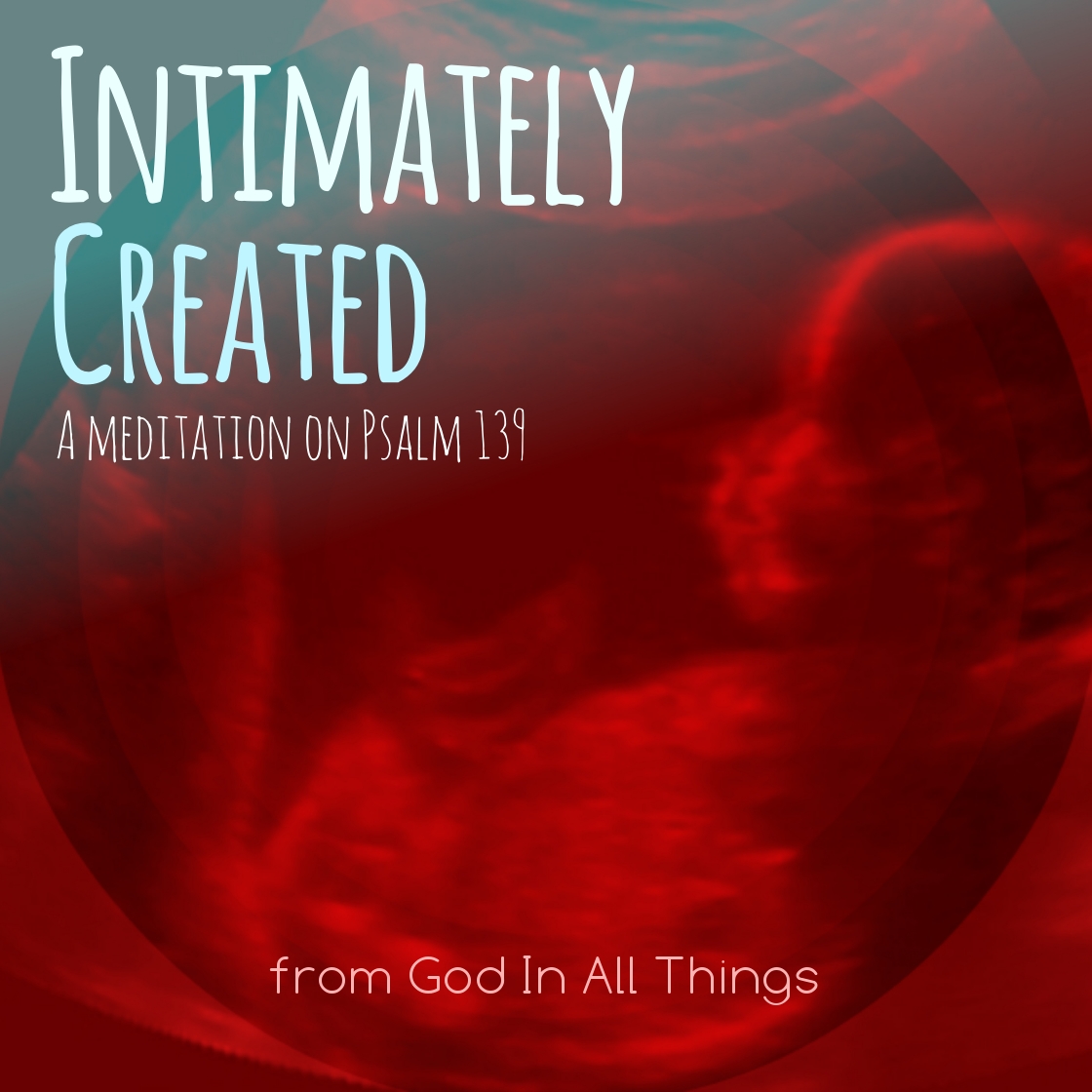
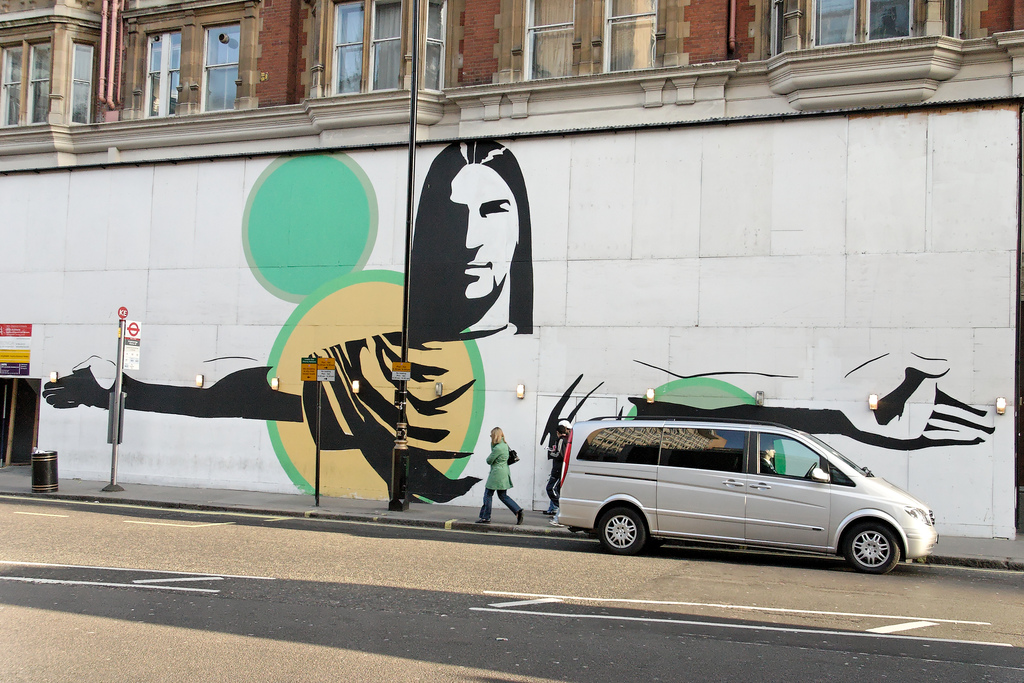
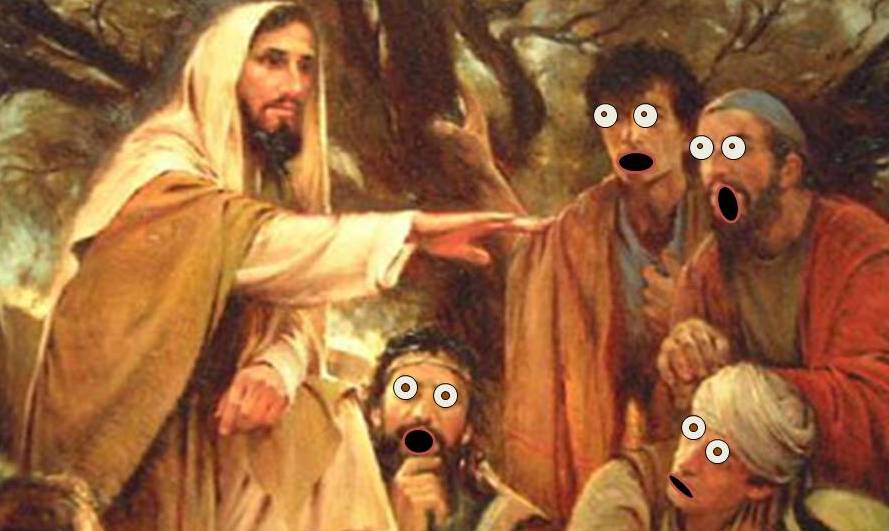


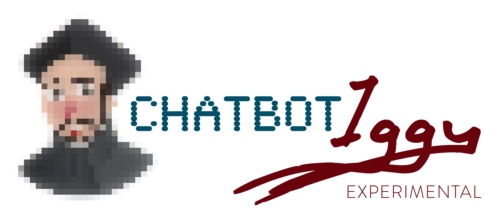

Trackbacks/Pingbacks